Singapore: The Very Model Of An Asian Tiger Economy
When Singapore gained its independence from Britain in 1959 it was a poor country with an uncertain future. Unease over whether the government of the newly independent country would continue with business-friendly policies led many companies to close down their operations in the city. In fact the number one priority of the new leader, Lee Kuan Yew, was to promote prosperity and political stability. Under Yew’s leadership the economy grew rapidly and his policies became a model for other Asian economies to emulate.
Singapore is far wealthier on a per capita basis than any other country in the region. It’s is not a budget travel destination like Thailand. The cheapest room I could find to book online was in the Little India neighbourhood and it cost $50. There was scarcely room for the bed, which was a single. It was clean though and provided a safe spot for my gear. That’s all I cared about.
Most Singaporeans are of Chinese heritage but there are significant numbers of Indians and Malays. All three of these cultures have their own scrumptious cuisines to boast about. On top of that there is Singaporean food which is an amalgamation of all 3 of these. As to be expected, the food in Singapore is delectable, especially for those with an appetite for savoury cooking. Probably the best place to tuck into this delectable nourishment is in one of the food markets called “Hawker Centres”. It’s taste bud heaven.
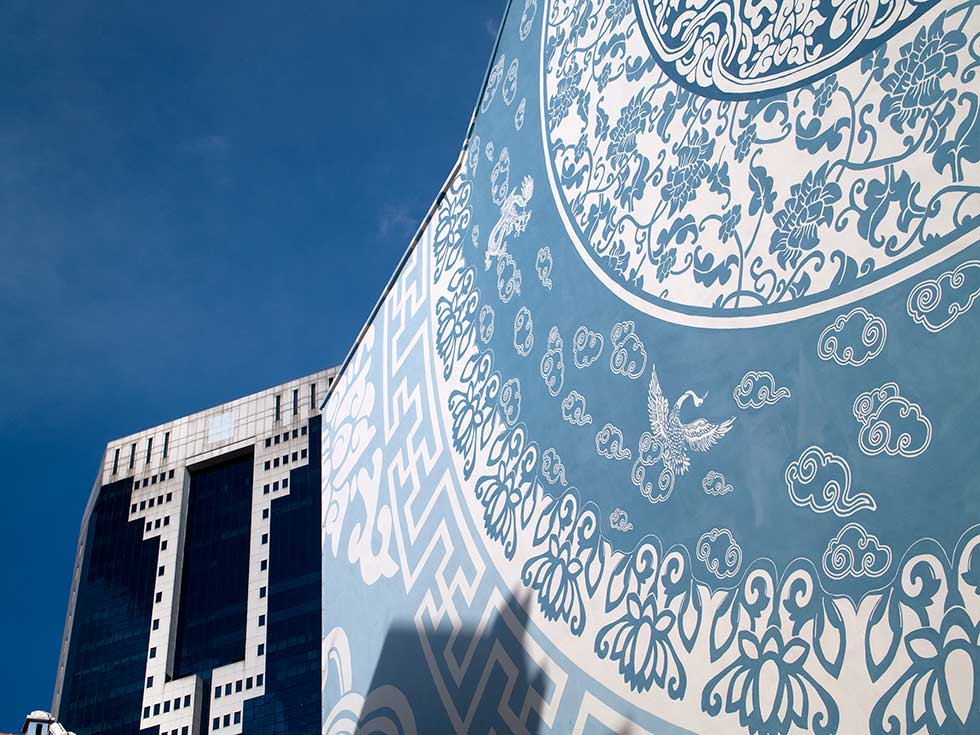
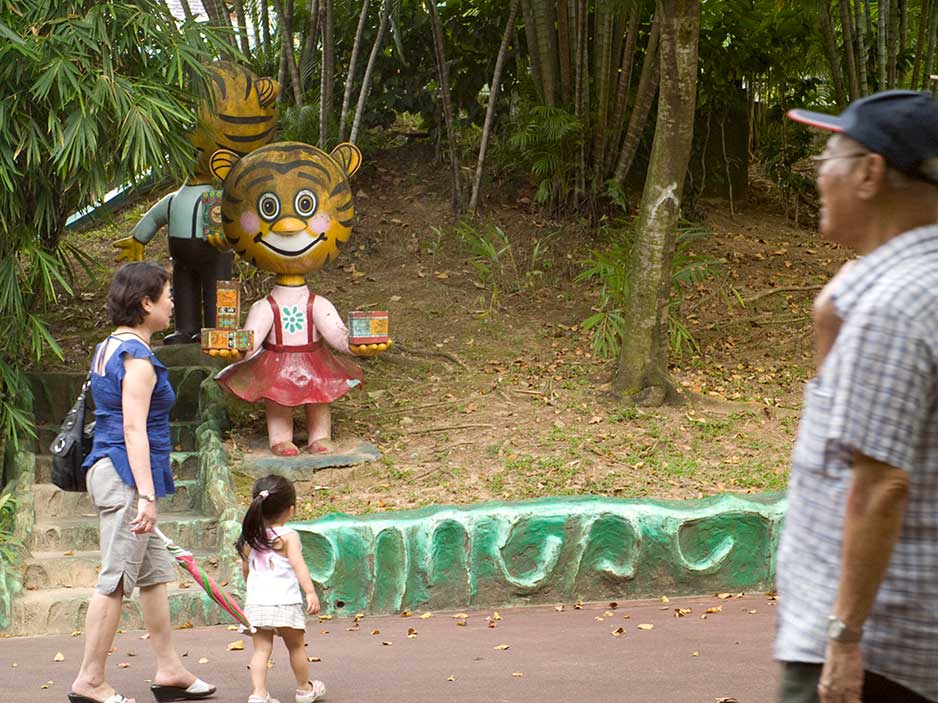
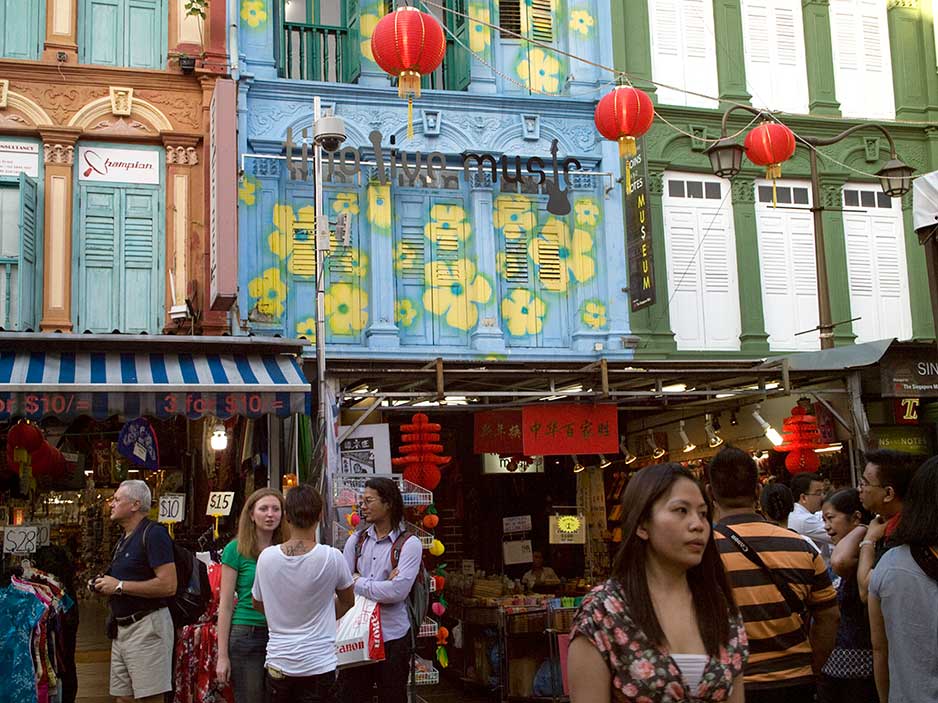
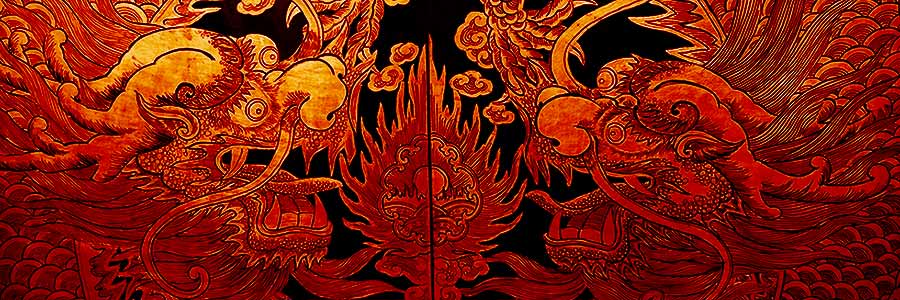
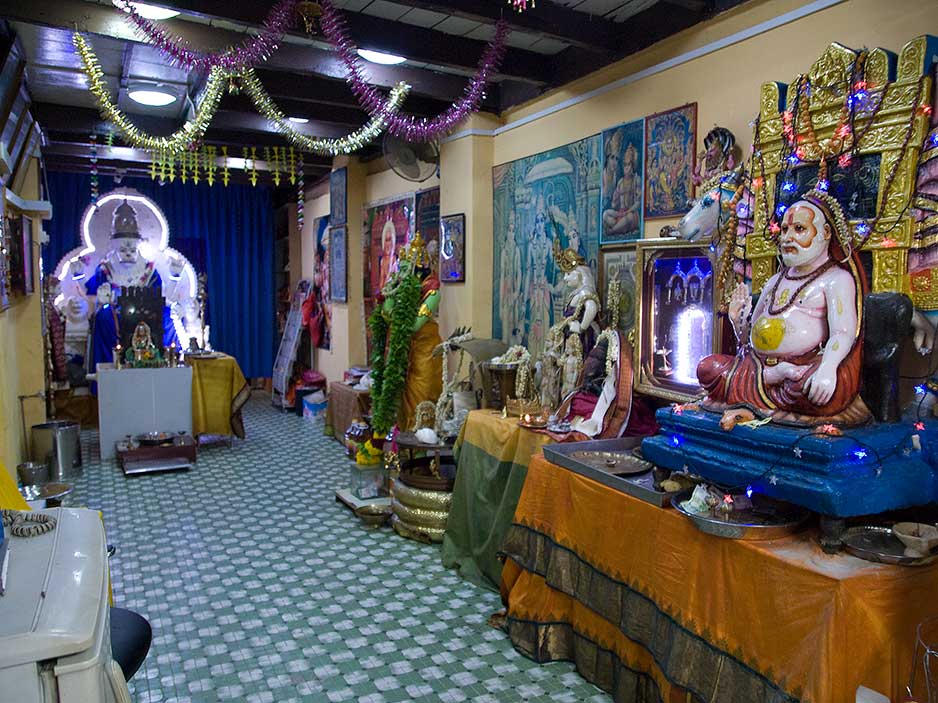
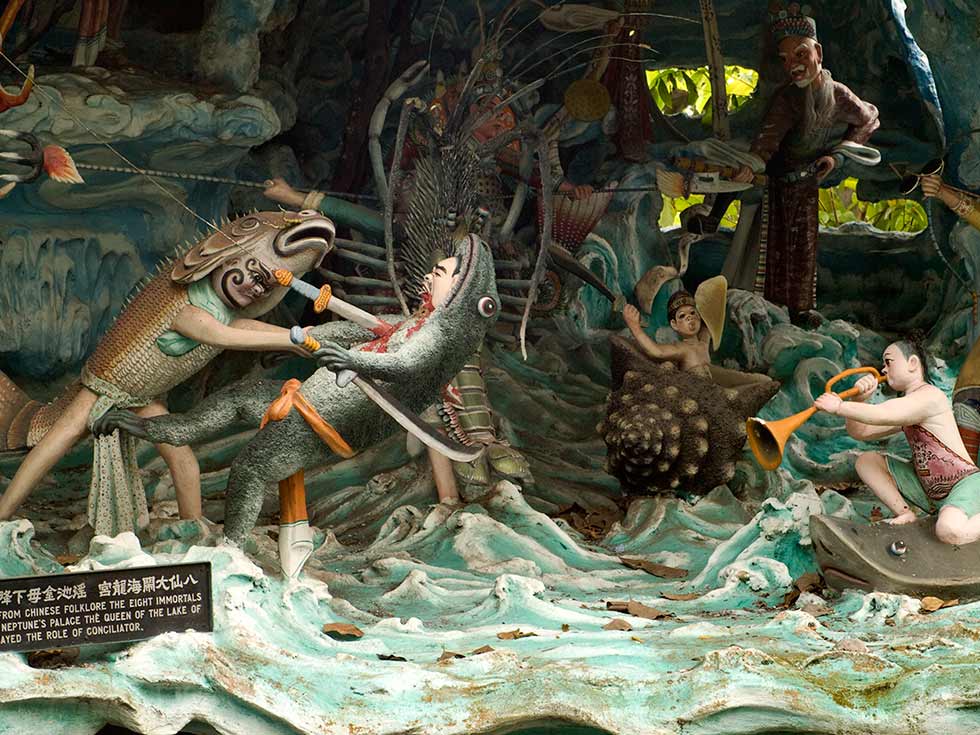
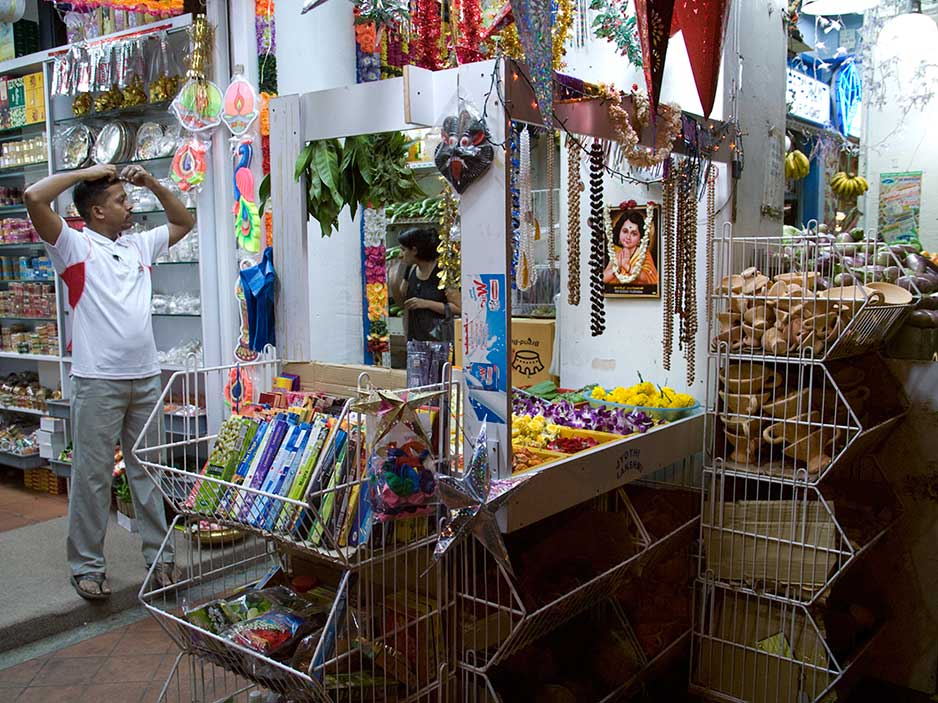
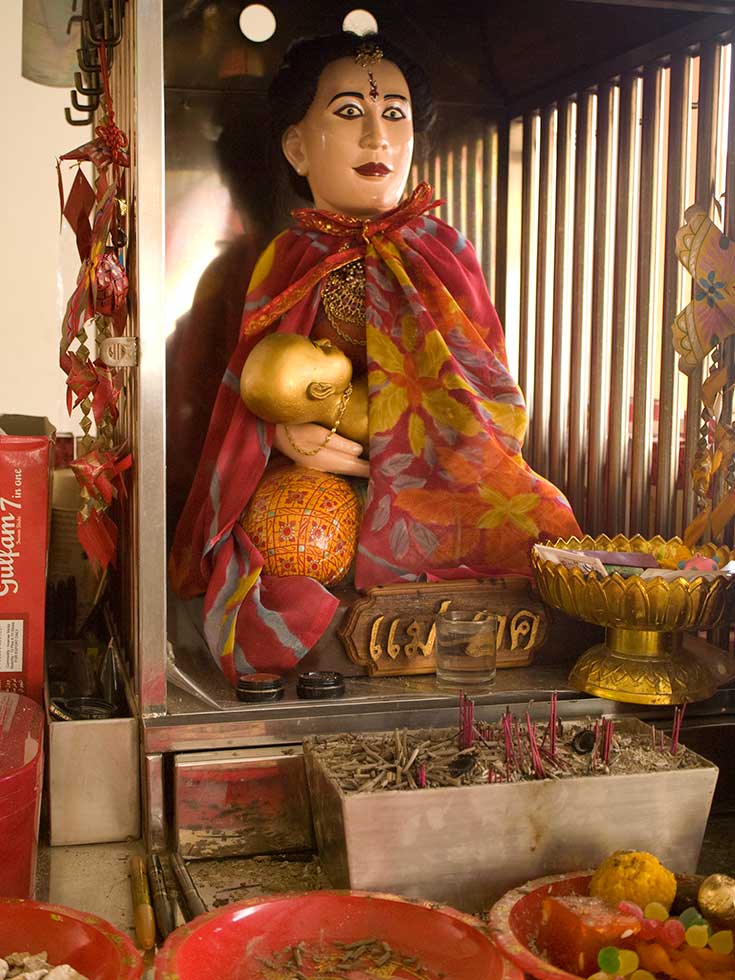
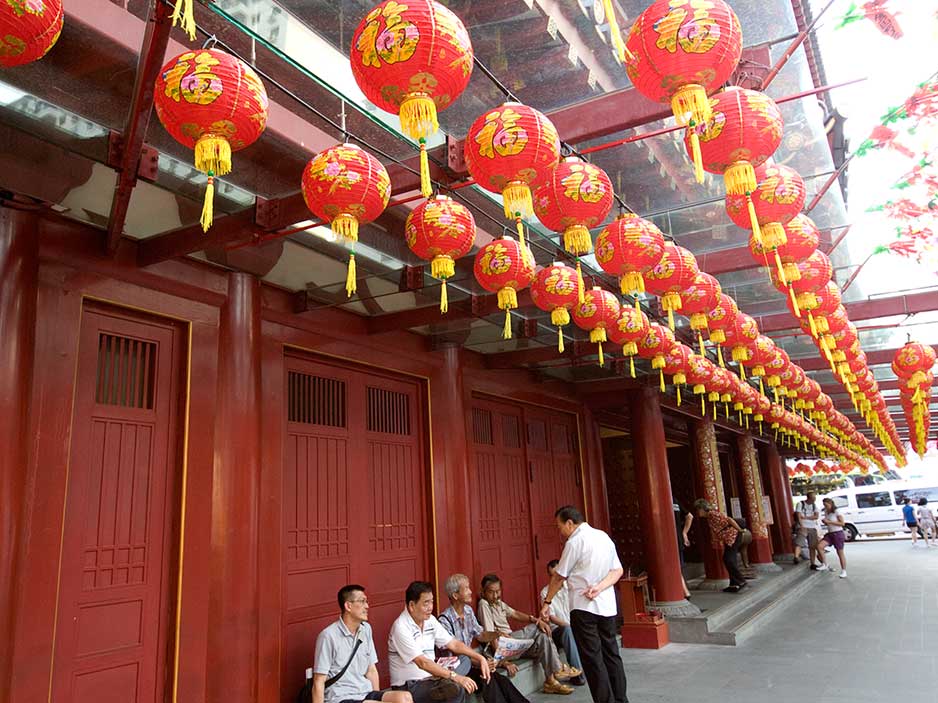
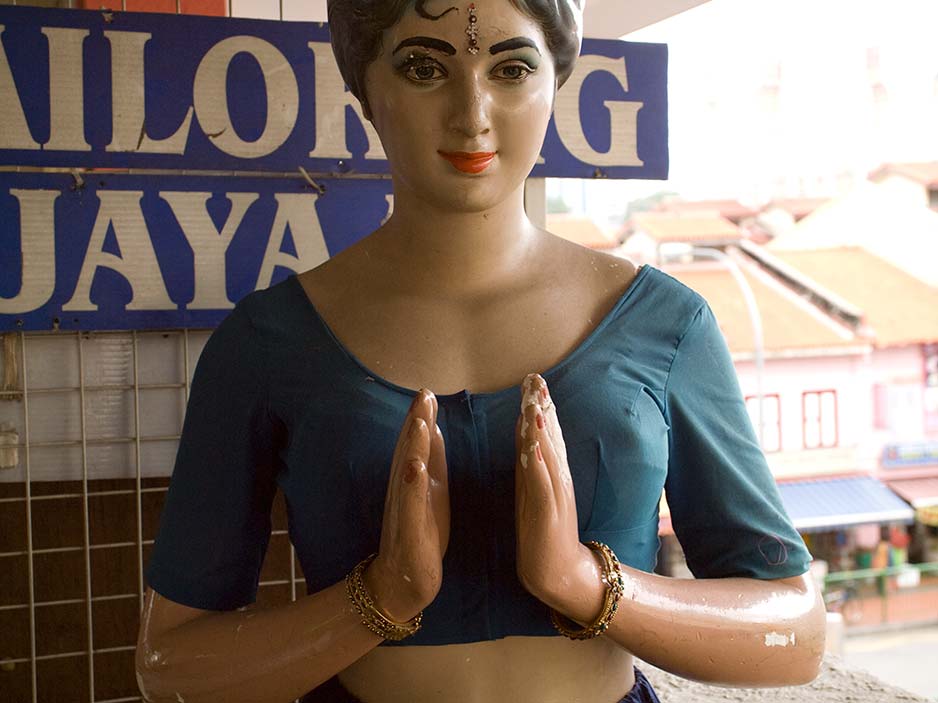
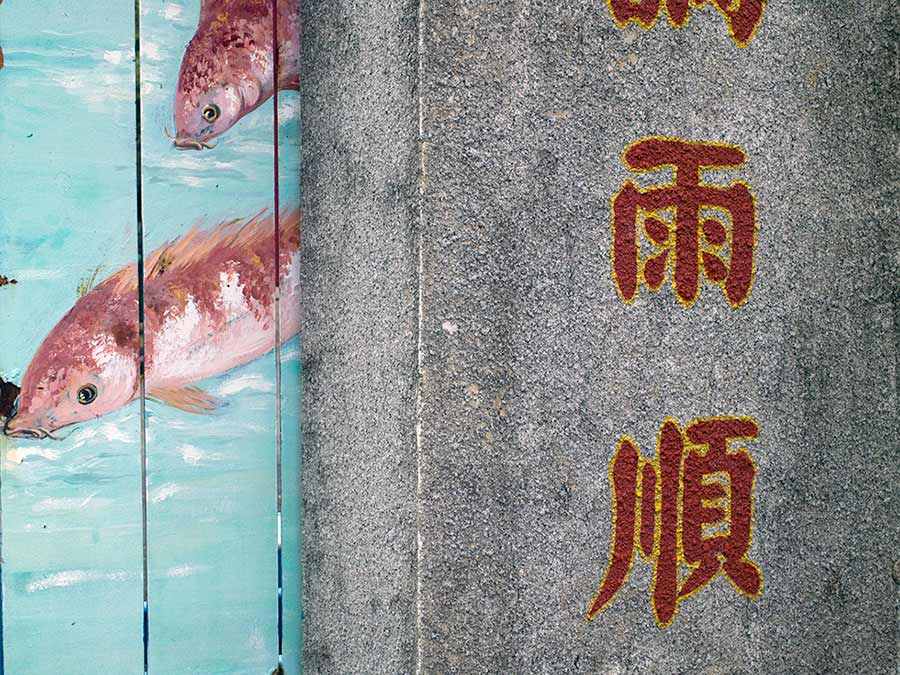
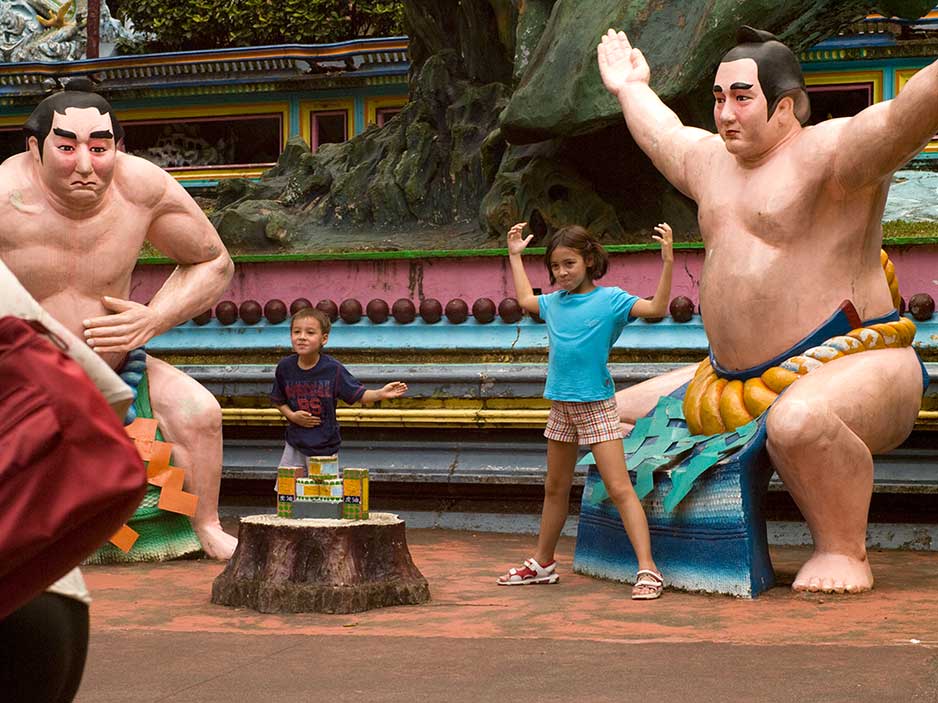
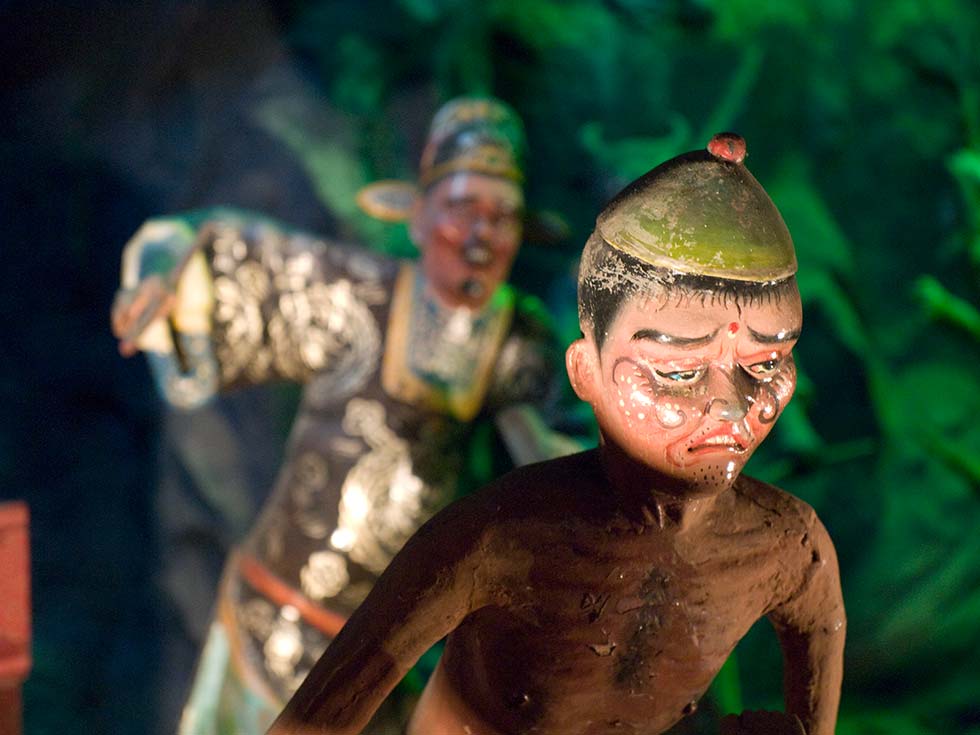
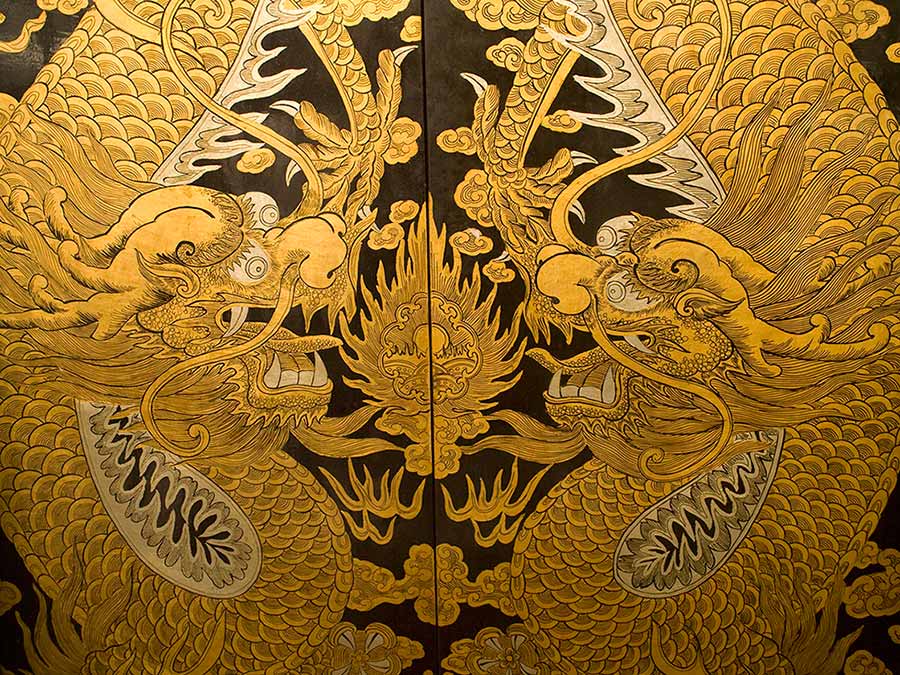
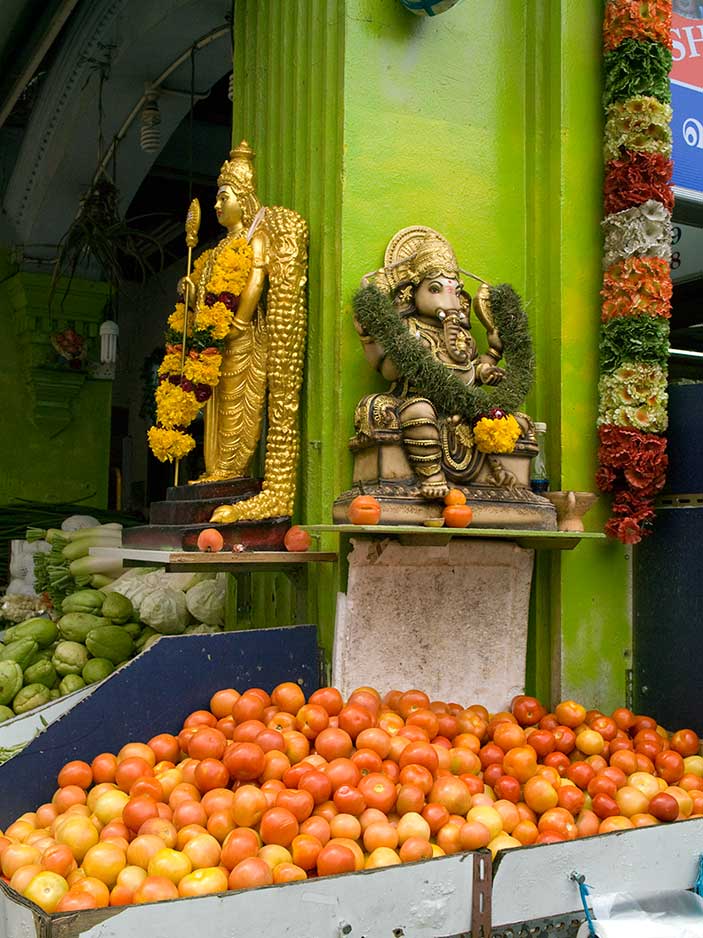
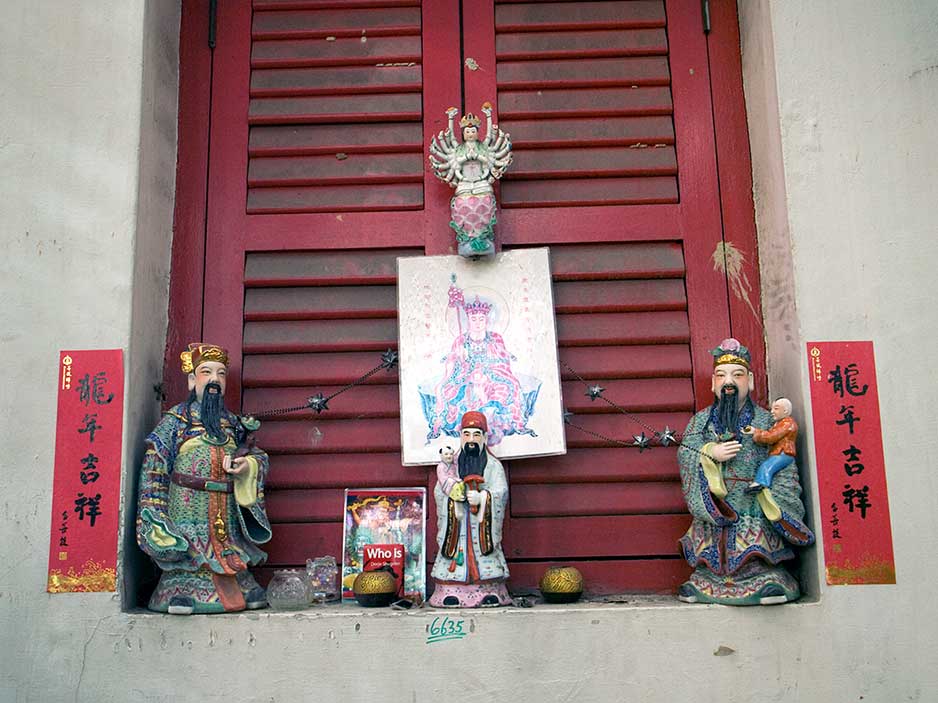
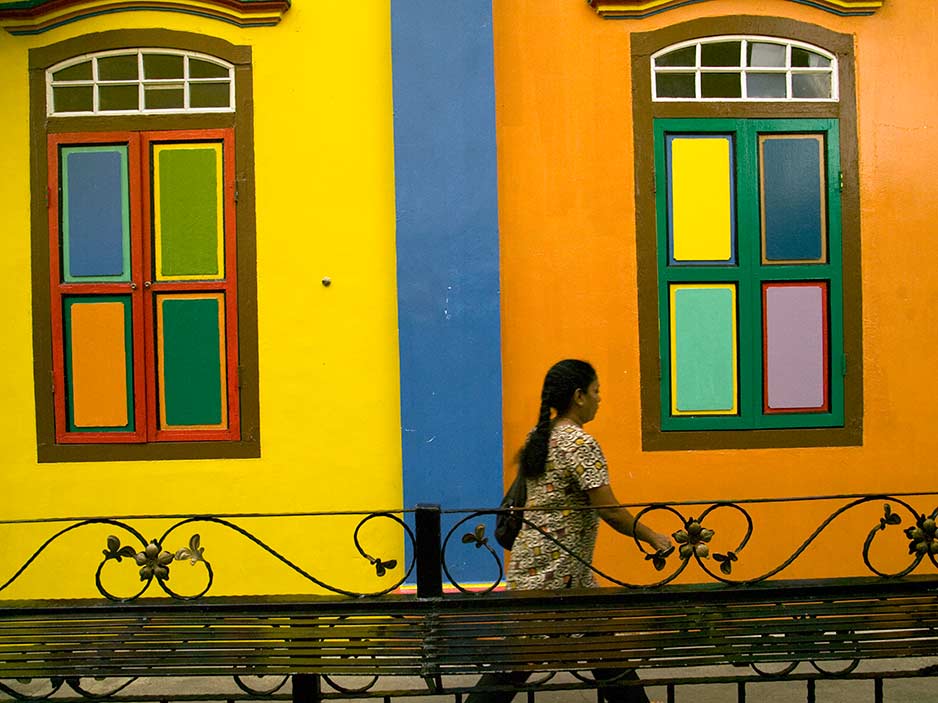
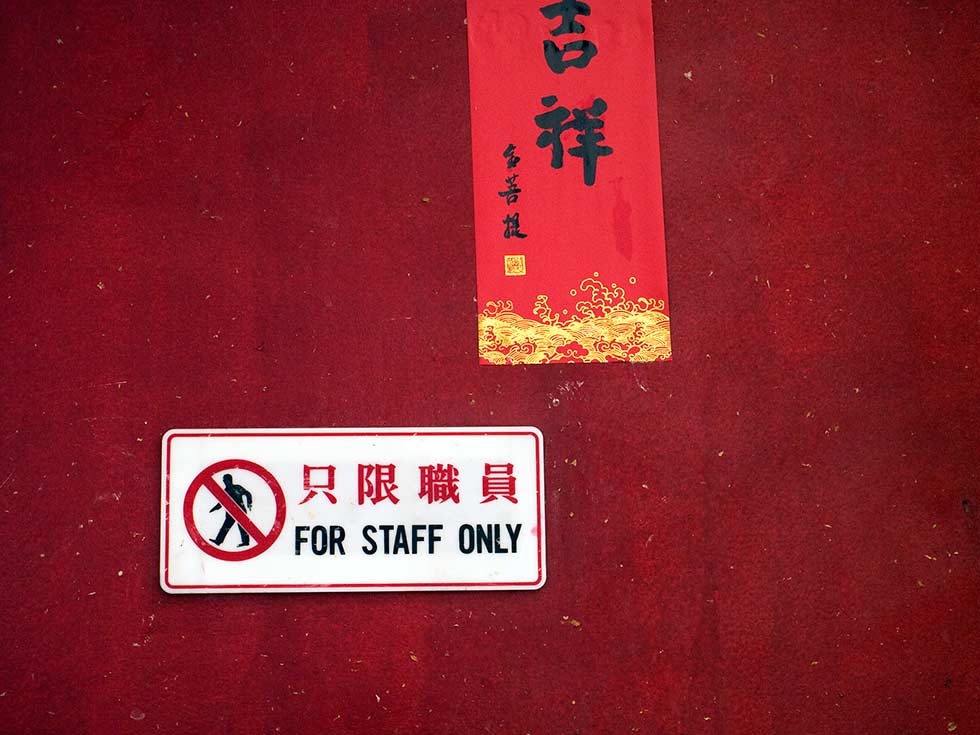
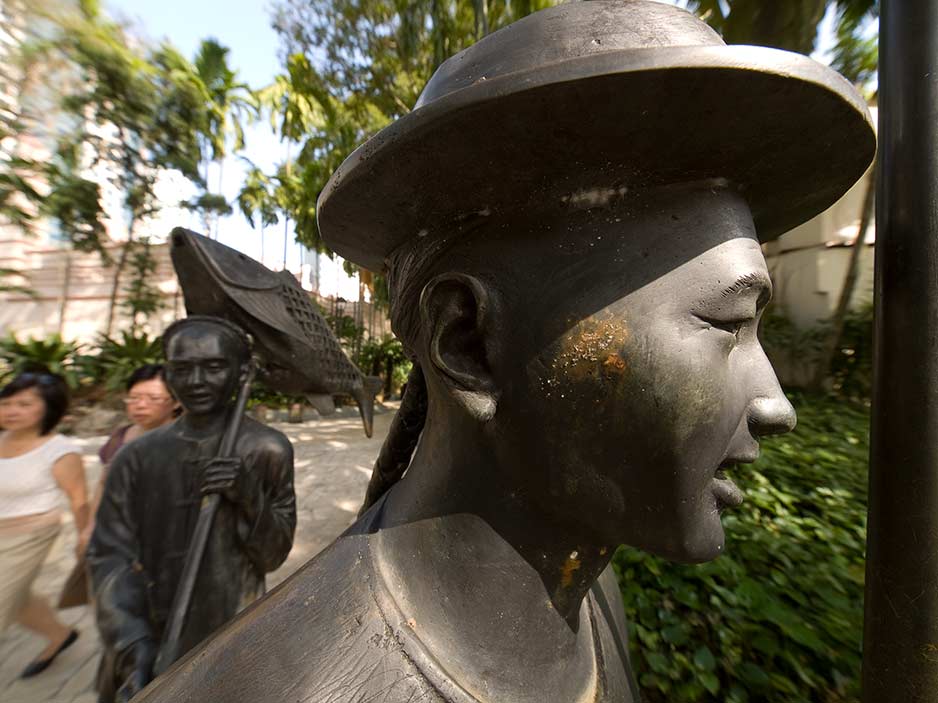
The main brand of locally brewed beer is Tiger lager which can now be found around the world. It’s rather light-bodied and not terribly exciting. Heineken is also brewed under license in the city and it’s a reliable choice as ever. Even better is the robust ABC stout, a black full-bodied ale with a roasted coffee and dark chocolate flavour. I savoured my share.
One of the pitfalls of being a well-heeled country is having the cash to bulldoze what’s old and replace it with current global trends in construction design. Most of the historic buildings in Singapore’s China Town met this fate. Even so it is a pleasant, though gentrified, quarter to stroll around in. The Thian Hock Keng temple in China Town is a grand example of Chinese traditional aesthetics in architecture and it makes a nice diversion from all the high-end boutiques in the neighbourhood.
Little India has the Tekka Market which is worth checking out. You won’t feel like you’re in India when there. It’s t0o clean and not chaotic enough. Also, unlike India there is no one pressuring you to buy anything. Still it’s well stocked with goods from the sub-continent that would be hard to find in most markets.
Being just a little north of the equator, Singapore is hot and steamy, even in January. I used to thrive on the heat but I can’t summon any enthusiasm for it anymore. Maybe it’s an age thing. Don’t forget to drink plenty of water.
I would never consider renting a car in a large city where I would have no idea of my way around. Besides it’s expensive to do that anyway. One measure I use to assess how much I enjoyed visiting a city is how easy and affordable it is to get from one place to another. I was pleased with Singapore’s modern and ultra-clean subway system which made traversing the city a snap.
Why is it that the Asian subway systems I’ve seen utilize so called “suicide doors” that make it impossible for anyone to jump or fall on the tracks? Why isn’t this done in North America? Or Europe for that matter?
The most memorable site I visited in Singapore was the Haw Par Villa. This is a park holding hundreds of luminously painted concrete sculptures that depict a huge range of subject matters. Some of these are just individual representations while others recount tales of Chinese legends. The whole thing was created by the brothers Aw Boon Haw and Aw Boon Par the purveyors of Tiger Balm, a heat rub for ameliorating inflammation and muscle aches (kind of like a Singaporean Bengay ointment). The whole place dates back to the 1930’s and it was established to edify traditional Chinese culture. Without some understanding of this it can be tough to comprehend the message behind the dioramas of events in Chinese folklore. Even the signs in English will only be informative if you have some knowledge of the background of the events depicted. But even being completely ignorant of the cultural messages of Haw Par Villa ( I’m including myself in that regard ) is not enough to stop you from enjoying the experience so long as you have some fondness for the quirky and bizarre.
Some of the scenes depicted here are highly surrealistic. Mythical sea beasts can been seen engaging in hand to hand combat. A band of monkeys is displayed blowing trumpets. There’s a scene of a man being rescued from a shipwreck by a giant turtle while less lucky passengers sink under the waves. In another diorama an all white bear is biting the foot off a man while his companion clambers away to safety on some enormous leaves. This is a just a small sample of the phantasmagoric eccentricity on view.
The most entertaining section of Haw Par Villa is the Ten Courts of Hell. Here are very graphic (in the sense of gore) displays of the tortures that will be meted out to sinners in the afterlife by a host of monstrously scary demons. Plenty of (fake) blood is spilled. Entrance to the Ten Courts of Hell is through the open jaws of a titanic dragon. The first sculptures you see are of severed human heads. It’s not a place to take small children. They’d have nightmares for weeks.
Haw Par Villa is undoubtedly gauche but I loved it. Then again I’m one of those people who relishes bad taste when it’s so over the top as to be unforgettable. I’ve never seen anything quite like it before.
Haw Par Villa actually has its own subway stop so getting there couldn’t be more straightforward. It’s definitely worth a visit.